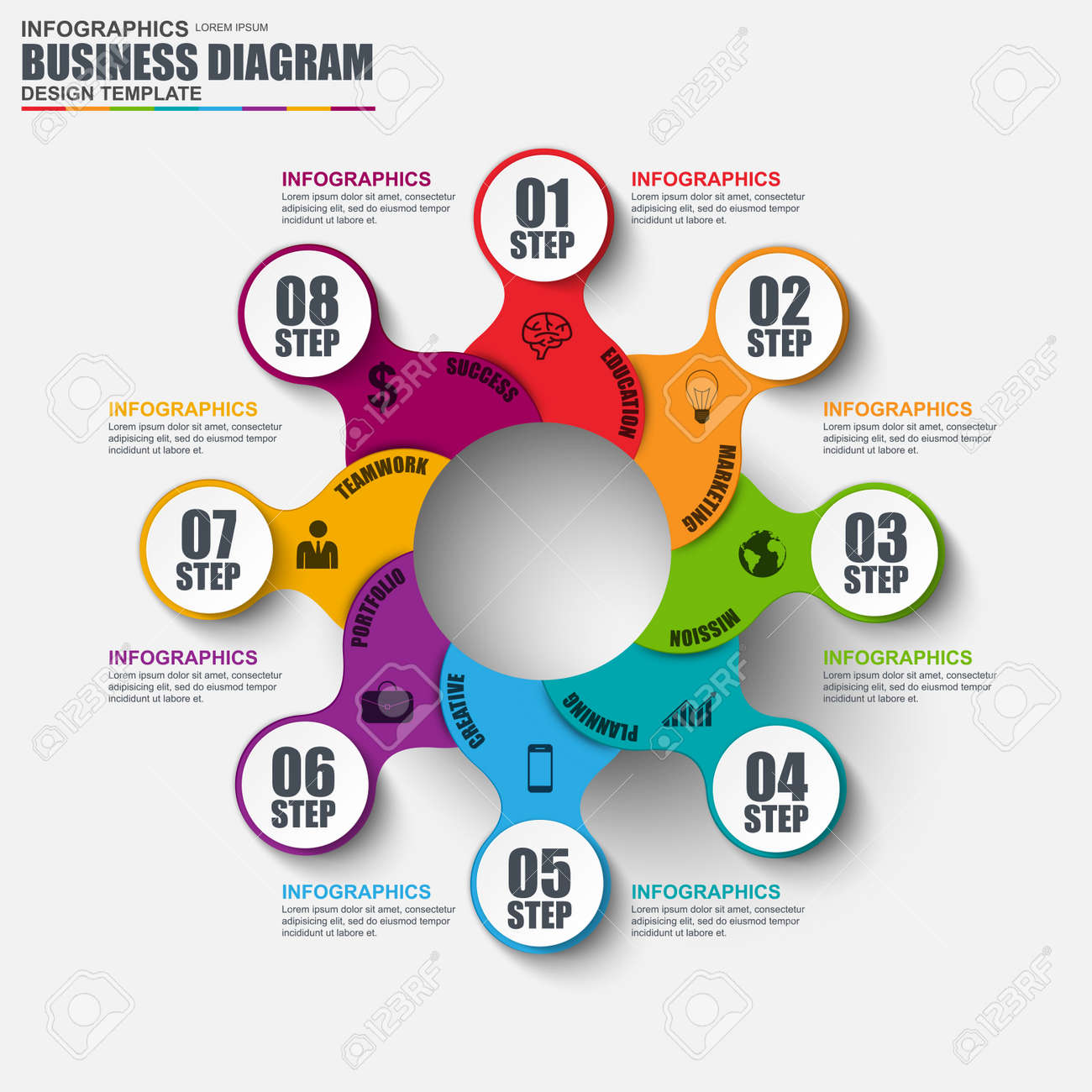Fundamental Elements Of Web Design: Standards For Establishing A User-Centric Site
Fundamental Elements Of Web Design: Standards For Establishing A User-Centric Site
Blog Article
Authored By-Wiley Thorpe
When it pertains to web site layout, guaranteeing user-friendliness is key. From receptive design to streamlined navigating, every aspect plays a critical duty in creating a website that accommodates your audience's requirements. Yet what about the finer information that can make or damage a customer's surfing experience? Remain tuned as we uncover some often-overlooked tips that can elevate your site's use to the following degree, making it truly stand out in the digital landscape.
Relevance of Responsive Design
Receptive style is an essential facet of modern-day web site advancement. Ensuring ada regulations for websites is receptive means that it can adapt to different display sizes and devices, supplying a seamless experience for customers.
With the increasing use smartphones and tablet computers to access the internet, having a responsive layout is crucial for reaching a larger target market. It assists in enhancing user experience by making your site easy to navigate and keep reading any kind of device.
Furthermore, responsive design can favorably influence your online search engine rankings, as search engines like Google focus on mobile-friendly sites. By having a responsive design, you're likewise future-proofing your web site, as brand-new gadgets with differing display sizes continue to emerge.
Simplify Navigation Framework
To boost user experience and facilitate very easy access to details on your site, enhancing the navigating structure is paramount. When developing your website, concentrate on creating a clear and user-friendly navigation menu that assists visitors locate what they're trying to find promptly.
Limitation the variety of food selection items to the fundamentals, grouping related web pages together to stay clear of overwhelming customers. Usage detailed tags that plainly suggest the web content of each page, making it less complicated for customers to recognize where each link will take them.
Consider implementing dropdown menus for subcategories to avoid jumbling the primary navigation bar. Furthermore, include wordpress hosting features on the page for users that prefer searching for specific information.
Prioritize mobile responsiveness in your navigating layout to make certain simple gain access to on all gadgets.
Maximize Web Page Tons Rate
Improving web page lots rate is vital for keeping visitors on your internet site. Slow-loading web pages frustrate individuals and can bring about high bounce prices. To enhance web page tons speed, start by maximizing images. Compress images without jeopardizing high quality to lower their documents dimensions.
Additionally, enable https://www.forbes.com/sites/forbesagencycouncil/2021/06/28/four-seo-tips-to-help-personal-injury-law-firms-gain-a-competitive-advantage/ caching to keep regularly accessed sources locally, accelerating tons times for returning visitors. gmail business profile , JavaScript, and HTML files by eliminating unnecessary personalities, remarks, and formatting, enhancing lots rate.
Consider making use of a material delivery network (CDN) to distribute your website's content across several web servers worldwide, reducing latency for users accessing your site from different places. Last but not least, limit using third-party scripts and plugins, as they can dramatically impact lots times.
Final thought
To conclude, by integrating receptive layout, streamlining navigation, and enhancing web page tons speed, you can develop an user-friendly web site that attract a wider target market and improves customer experience. These essential elements ensure that visitors can conveniently gain access to and browse your website throughout different gadgets, leading to boosted involvement and satisfaction. By concentrating on these crucial elements, you can develop a successful internet site that keeps individuals returning for more.
